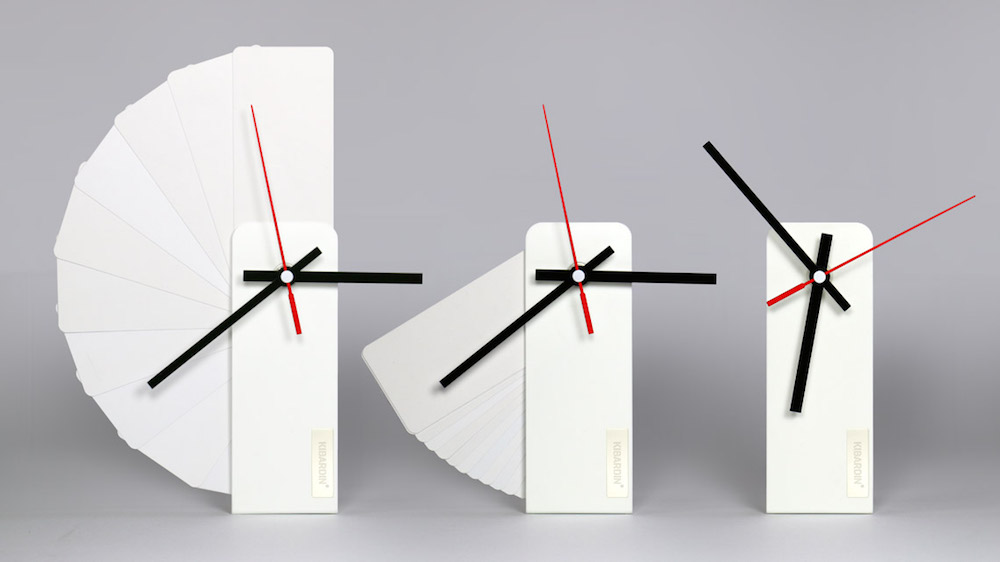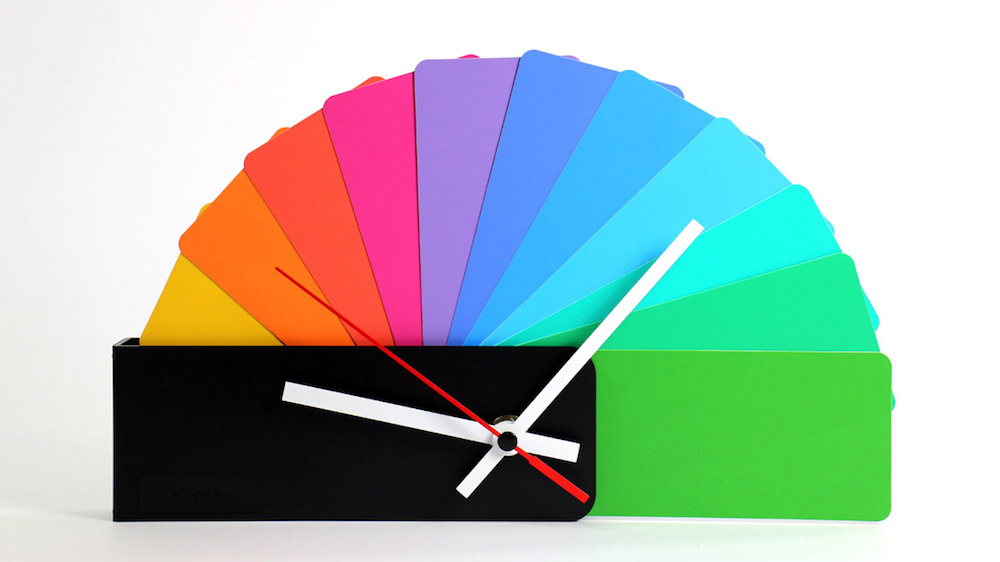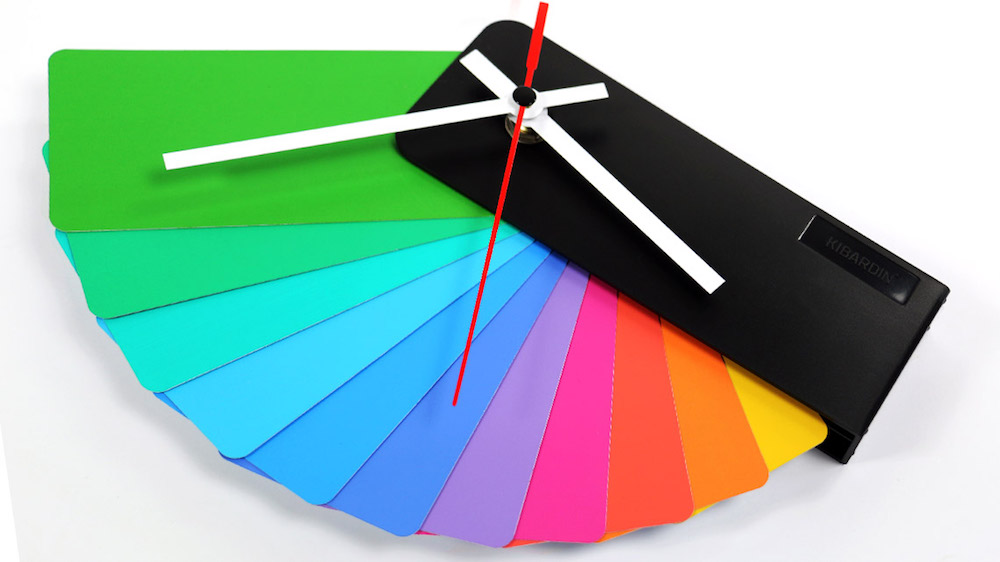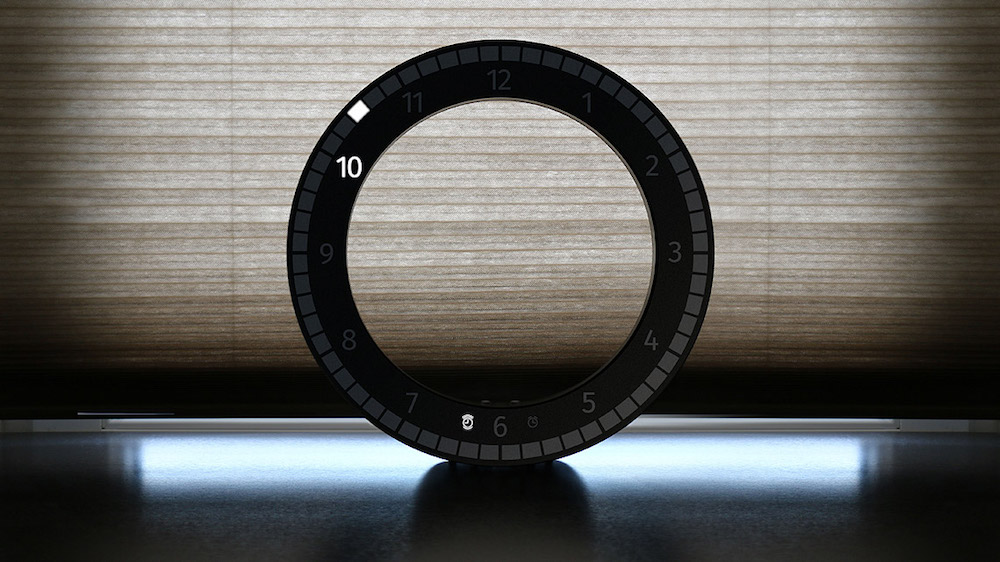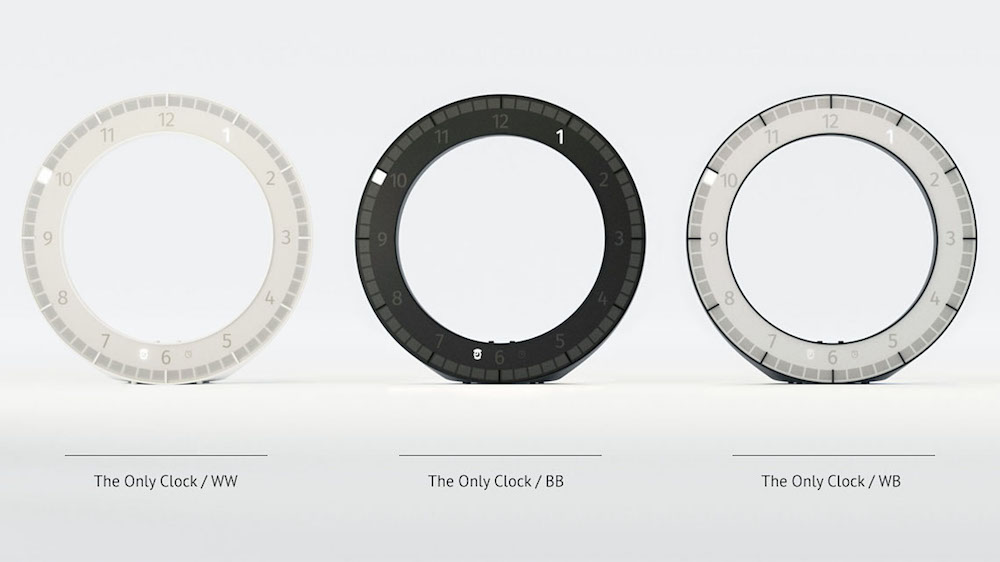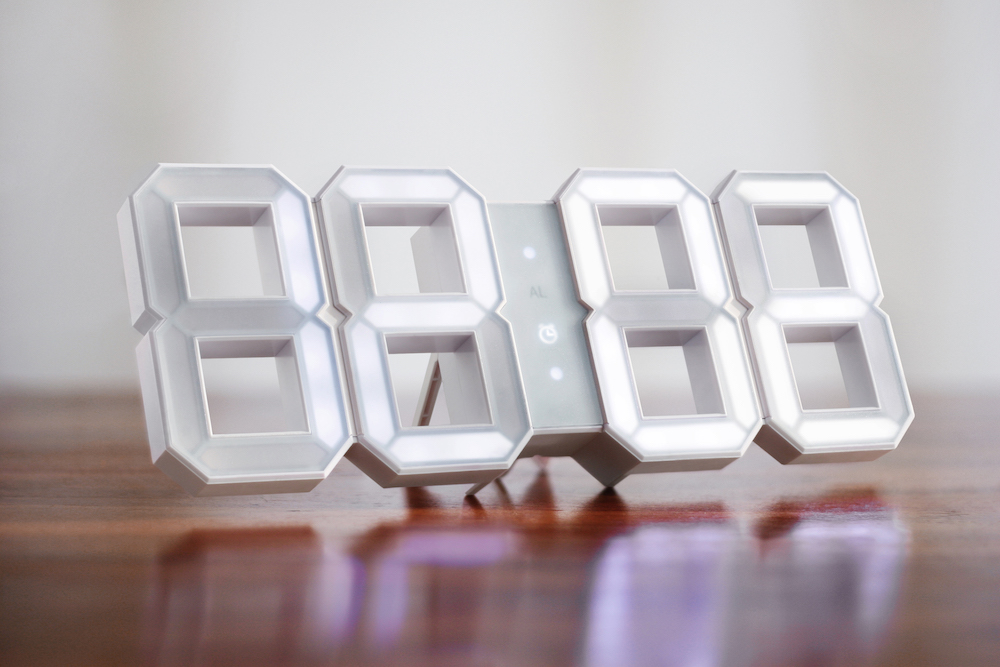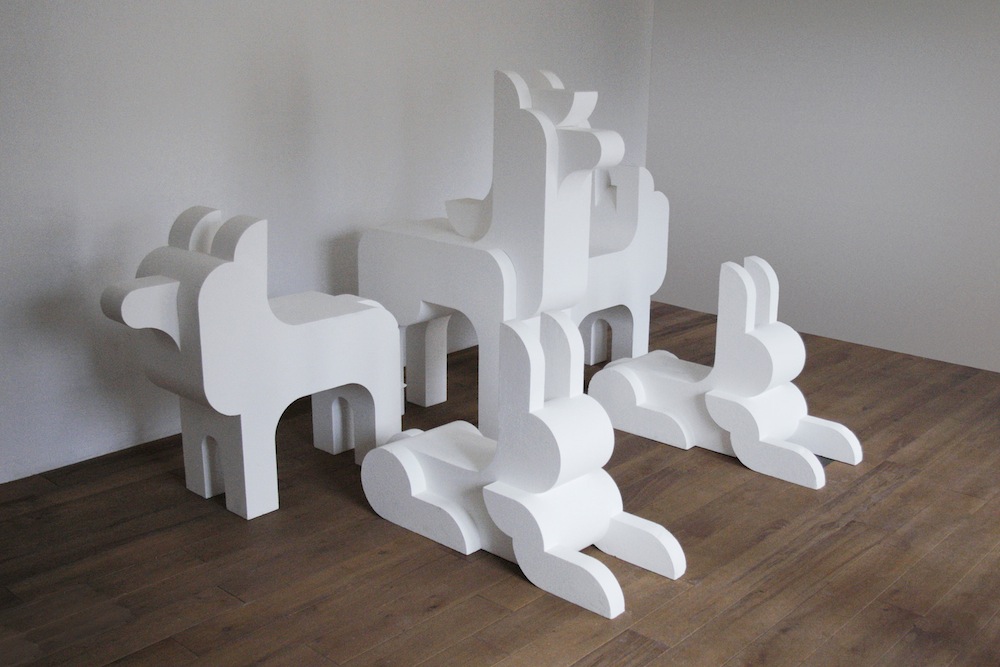Hello tomorrow: meet the Russian product designer bringing the future closer
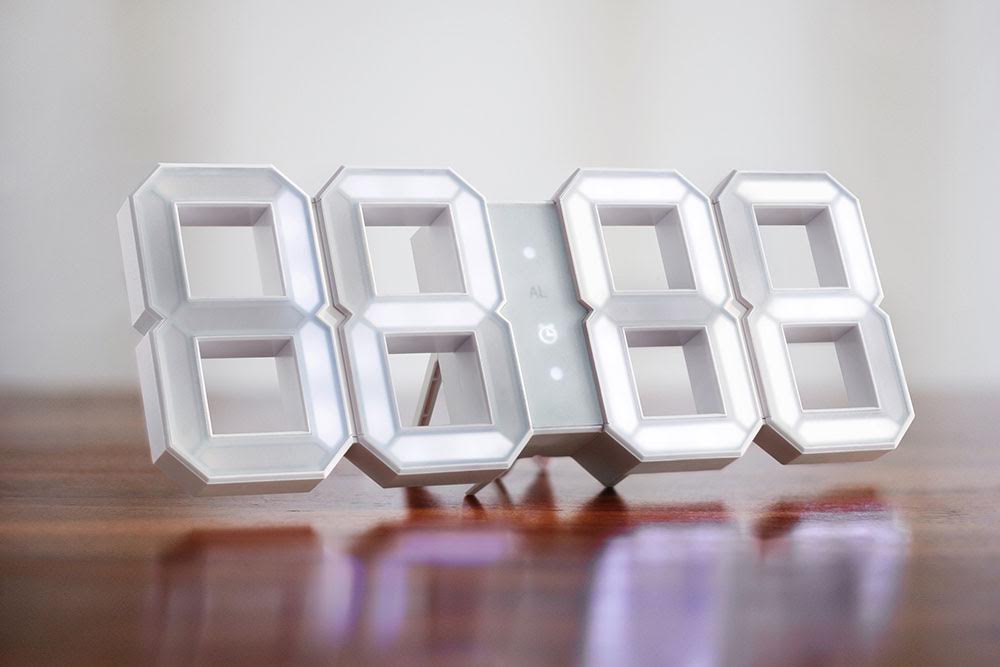
Sometimes too wild, sometimes unworkable, the creations of Russian designer Vadim Kibardin push the limits of what's possible. The Calvert Journal catches up with the man whose designs are always one step ahead
Vadim Kibardin is probably the only Russian designer to have received a coffee invitation from Apple’s own Jony Ive. After all, these two do the same job — looking for the technologies and materials that will define the future. Kibardin is on Wallpaper magazine’s list of 40 designers “who will change the world”, joined by Ora Ito, John Maeda, and the Bouroullec brothers. Working on the design of simple, everyday things, Kibardin always gets to the heart of the matter, stripping an object to its essence.
Our interview begins with Kibardin talking about his latest concept: “Imagine if you could project the time directly onto steam coming out of a humidifier. I did some experiments and figured out how to flatten a stream of air. It’s going to be a humidifier-clock, two completely different functions united in one object. That’s what I’ve been after lately.” He anticipates my next question: “There’s always a risk that you’ll create something that will only be popular with a couple of geeks. But you still have to note down all your ideas, even the wildest one, to draw models, to build prototypes. It adds to a collective design consciousness and forces the future to arrive sooner.”
Like most product designers, Kibardin has a complicated relationship with the future. While the future is the main point of inspiration, what Kibadrin has in mind is, of course, an ideal version of what comes next, one constructed with sci-fi books and movies, their dreams and fantasies. Kibardin has always been inspired by the science fiction writers Robert Heinlein, Stanislav Lem, Karel Capek and Strugatsky Brothers; in their books you can find detailed descriptions of things that were invented only years later.
“Sci-fi authors soak reality with current scientific breakthroughs, predictions, and even gossip; they retransmit our collective expectation of the future into images and objects. That’s why they often guess it right,” he says. Kibardin does the same. But being driven by something that is not quite here yet is tough. Unlike writers and filmmakers, whose imaginations are free to drift into the realm of even the most fantastical ideas, designers are constrained by having to make an idea physically become reality. Each concept must at least be based on the technologies or resources that already exist.
“There’s always a risk that you’ll create something that will only be popular with a couple of geeks”
Futuristic concepts are only half of his work. Alongside innovation, design should be affordable, Kibardin says. In 2009 the Black&White clock, a brilliant concept by Kibardin’s studio, made the rounds on major design blogs and garnered incredible levels of popularity. At that point, it was possible to manufacture the clock, but the final product would have cost a lot.
“I’m not into exclusive, single-piece design,” he says. “It makes more sense to do something that most people can actually buy. My main ambition is not to be in MoMA, but in people’s apartments.” That’s how the award-winning White&White clock came alive; it was a less mind-blowing and more viable version of Black&White, with the added bonus that it also cost less than $200. He admits that the White&White clock may have been a step backwards in terms of futuristic design, but it was definitely one towards people.
Reasonable cost isn’t the only thing that differentiates his concepts from his real works. There is common sense, too. Unlike materials, the functions of the objects he works with haven’t evolved for centuries. “Physically, humans haven’t changed that much over the last millennium, so there is absolutely no need for a different shape of spoon or another idea of a clock face.” Kibardin’s latest timepiece, The Only Clock, is a sophisticated object that replicates the mechanism of an analog clock but with digital resources: each LED in the external circle indicates one minute and lights up for 60 seconds. At the centre of the new mechanism lies the same old round clock face with circular divisions. “I don’t want to daze the world with new time reading algorithms, it’s not something that any of us needs. When it’s possible I try to work with familiar forms.” Because moving into the future should be done step by step.
“If a person doesn’t grasp an object after five minutes, chances are he’ll lay it aside and walk away”
“Designer can’t stuff an object with dozens of new functions, even if they’re the most genius ones,” he explains. “If a person doesn’t grasp an object after five minutes, chances are he’ll lay it aside and walk away. There’s a reason why big corporations change only so much with each new model. It’s not just a trick to sell more; it also corresponds perfectly with human nature. Too much newness alienates us and makes us unwilling to try it at all. We can only take two to three major innovations at a time. With the next step these innovations are already old news for us, so we’re ready for more.” Kibardin plays by these rules and materialises his ideas into life, one step at a time. Bit by bit his futuristic concepts become real objects.
That’s where our conversation hits at the heart of being a product designer. It’s not a profession defined by technologies, style or wild fantasies. It’s all about people. “Yes, we have to care about people. The real challenge is to guess what people will need next, what they’ll want and how exactly they want it. And when you do guess it right, it feels amazing. Not because you’ve made something desirable and earned some money, but because you found another piece of the future puzzle.”
